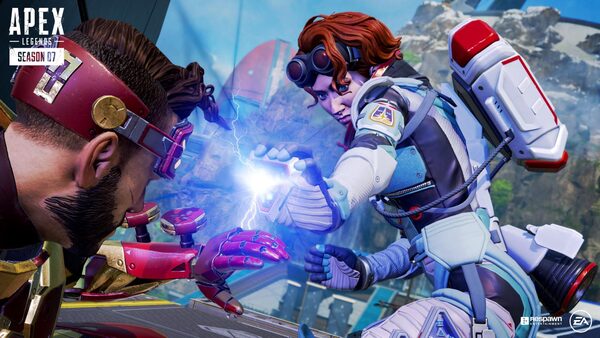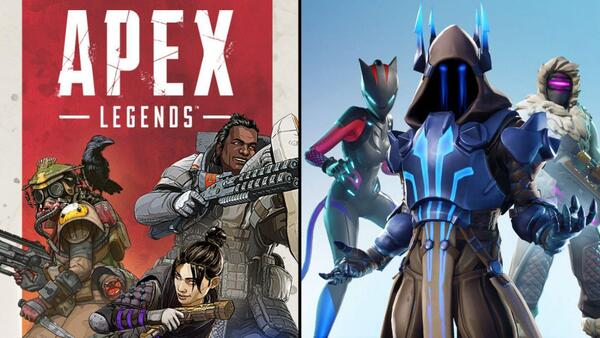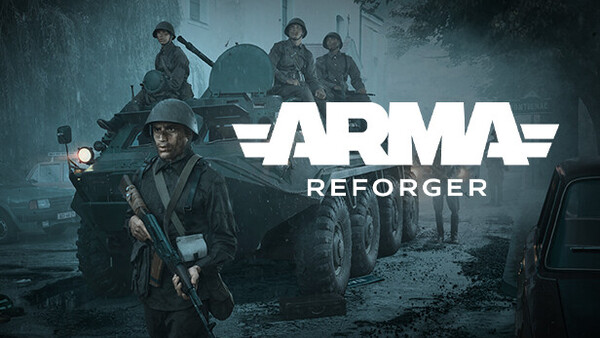Advertisement
Popular Now
Introduction
Apex Legends, developed by Respawn Entertainment, has become one of the most popular battle royale games since its launch in February 2019. Its unique combination of character abilities, dynamic gameplay, and a variety of weapons has captivated millions of players worldwide. However, one persistent issue that has emerged is weapon balancing. This topic is crucial not just for maintaining a fair and competitive environment but also for keeping the player base engaged. In this article, we will delve deeply into the challenges of weapon balancing in Apex Legends, examining how these challenges have evolved over time and proposing potential solutions to enhance the game's experience.
Understanding Weapon Balancing
What is Weapon Balancing?
Weapon balancing refers to the process of ensuring that no weapon in a game becomes overwhelmingly powerful or underwhelming. In a competitive setting, it is essential that all weapons offer unique advantages and disadvantages, allowing players to choose based on their playstyle rather than sheer firepower.Importance of Weapon Balancing in Apex Legends
In Apex Legends, the game’s fast-paced nature and unique characters amplify the need for effective weapon balancing. With various weapon types, from assault rifles to shotguns and sniper rifles, players must feel that their choices impact the game meaningfully. Poor balancing can lead to frustrating experiences where certain weapons dominate, resulting in diminished player enjoyment and engagement.Historical Context of Weapon Balancing in Apex Legends
Since its release, Apex Legends has seen numerous patches and updates aimed at weapon balancing. Initially, the weapon meta revolved around a few overpowered choices, leading to a lack of variety in gameplay. Developers quickly recognized the need for changes and began rolling out regular updates to address community feedback.Early Days: The Weapon Meta
Initial Imbalances
In the early days of Apex Legends, certain weapons like the R-99 SMG and the Peacekeeper shotgun stood out as the best choices. Players quickly gravitated towards these weapons due to their high damage output and versatility. This dominance led to a stagnant meta where players felt compelled to use the same loadouts to compete effectively.Community Response
The community response was overwhelmingly negative, as players expressed frustration over the lack of diversity in weapon choices. Forums and social media platforms became inundated with discussions about weapon imbalances, prompting the developers to take notice.Developer Interventions
In response, Respawn Entertainment implemented patches that adjusted weapon statistics, including damage, rate of fire, and reload times. These adjustments aimed to bring underperforming weapons up to par and reduce the effectiveness of overused choices. For instance, the R-99’s damage per shot was reduced, while the Eva-8 shotgun received buffs to make it a more viable option in close combat situations.The Evolution of the Weapon Meta
Major Updates and Their Impact
As Apex Legends evolved, so did the weapon meta. Major updates, such as the introduction of new weapons, characters, and map changes, often altered the dynamics of gameplay. For example, the addition of the Volt SMG in Season 6 provided players with a new alternative to the R-99, prompting a shift in weapon preferences.Community Engagement and Feedback Loops
Respawn’s commitment to engaging with the community has played a crucial role in shaping weapon balancing. Regular developer blogs, community surveys, and feedback sessions have helped identify which weapons require adjustments. This collaborative approach ensures that players feel heard and valued in the balancing process.Seasonal Changes and Weapon Adjustments
Each new season brings a fresh wave of weapon adjustments, creating an ongoing cycle of change. For example, in Season 7, the developers made significant changes to the Hemlok and the G7 Scout, aiming to shift the meta once again. This approach keeps the gameplay dynamic and encourages players to explore different weapons.Persistent Challenges in Weapon Balancing
The Complexity of Weapon Attributes
One of the primary challenges in weapon balancing is the sheer complexity of weapon attributes. Each weapon has a unique set of stats, including damage, fire rate, range, and recoil patterns. Balancing these attributes in a way that feels fair and competitive is a daunting task for developers.The Role of Player Skill
Player skill also plays a significant role in weapon balancing. A highly skilled player may dominate with an underperforming weapon, while a less experienced player may struggle with a supposedly “better” weapon. This variability makes it challenging to find a one-size-fits-all solution for weapon balancing.Addressing Player Preferences
Another layer of complexity arises from player preferences. Different players gravitate towards different weapons based on personal playstyles, which can lead to frustration when their favored weapon is nerfed or buffed. Balancing weapons while considering diverse player preferences is an ongoing challenge for the developers.
Recent Changes and Their Reception
The Impact of Season 14 Adjustments
In Season 14, Respawn introduced several significant changes to weapon balancing, including buffs to underutilized weapons like the Flatline and nerfs to the Wingman. These adjustments aimed to revitalize the meta and encourage players to experiment with new loadouts.Community Feedback
The response to these changes was mixed. While some players welcomed the opportunity to use previously overlooked weapons, others expressed dissatisfaction with the nerfs to their favorite choices. This reaction highlights the ongoing challenge of balancing weapons while considering community sentiment.Adjustments to Shotgun and Sniper Rifles
Additionally, changes were made to shotgun and sniper rifle damage output. The Peacekeeper received a slight nerf, while the Triple Take was adjusted to improve its usability. These changes prompted players to rethink their weapon choices, leading to a more varied gameplay experience.The Future of Weapon Balancing in Apex Legends
Anticipating Upcoming Changes
Looking forward, it’s essential for Respawn to continue monitoring weapon performance and player feedback. Regular updates and adjustments will be crucial in maintaining a balanced meta. Players are eager to see how future seasons will introduce new weapons and characters while keeping the existing arsenal in check.Enhancing Player Engagement
Developers can also enhance player engagement by introducing temporary events or limited-time modes that spotlight underused weapons. This approach can help players rediscover the versatility of lesser-used options, fostering a more diverse gameplay experience.Leveraging Data and Analytics
Using data and analytics can provide valuable insights into weapon performance and player preferences. By analyzing gameplay statistics, Respawn can identify which weapons require adjustments and which are being underutilized. This data-driven approach can lead to more informed decision-making in balancing efforts.
















